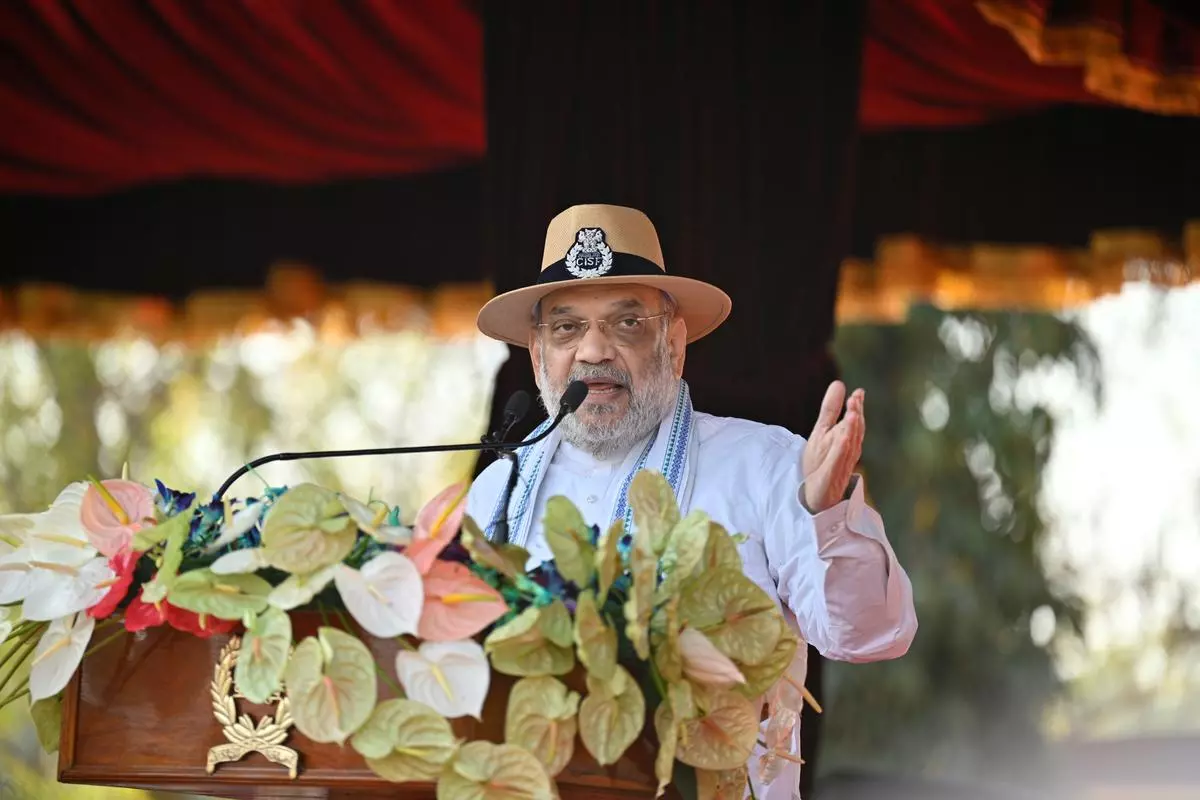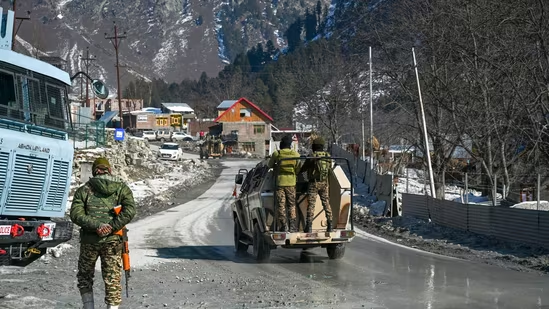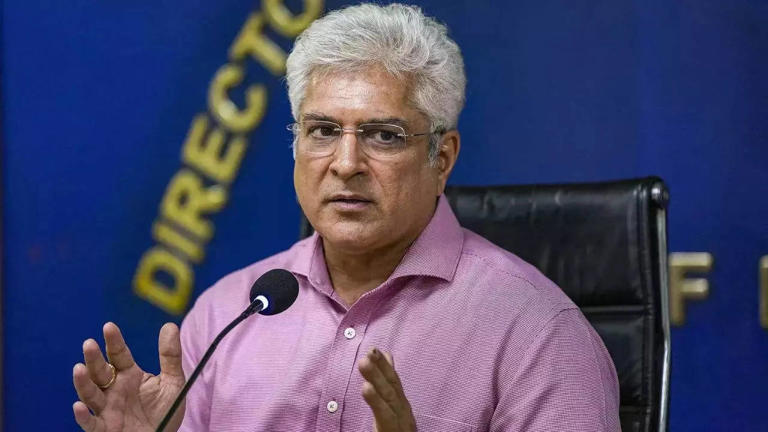Home / nagaland / Nagaland: A Land of Rich Heritage and Valor
Nagaland: A Land of Rich Heritage and Valor
By: My India Times
5 minutes read 64Updated At: 2025-03-06

Nestled in the northeastern part of India, Nagaland is a land of captivating landscapes, rich cultural heritage, and a profound history of resilience and valor. Known for its diverse indigenous tribes and traditions, the history of Nagaland is shaped by centuries of migration, resistance, and socio-political transformations. This article delves into the fascinating journey of Nagaland from its ancient origins to its modern statehood.
Ancient Origins and Early Inhabitants
The history of Nagaland dates back to prehistoric times when various indigenous tribes settled in the region. The Nagas, a collective term for several tribal communities, are believed to have migrated from Southeast Asia thousands of years ago. The exact origins of the Nagas remain a subject of debate, but linguistic and anthropological evidence suggests links to the Tibeto-Burman ethnic groups.
The Naga tribes lived in self-sufficient villages, each functioning as an independent entity with its own governance system. The traditional tribal structure was democratic in nature, with village councils playing a pivotal role in decision-making. Warfare and headhunting were integral parts of Naga society, serving as symbols of valor and prestige.
Medieval and Colonial Encounters
During the medieval period, the Naga tribes remained largely isolated from external influences. Unlike the plains of Assam and Bengal, which came under the rule of various dynasties, the hilly terrain of Nagaland allowed the Nagas to maintain their autonomy.
The advent of the British in the 19th century marked a significant turning point in Naga history. The British first encountered the Nagas in the early 19th century during their expansion in Assam. The frequent clashes between British forces and Naga warriors led to the imposition of British control in the region. In 1879, after a fierce battle, the British established their administrative headquarters in Kohima, making it the center of colonial rule.
Despite British efforts, complete control over the Naga tribes remained elusive. The Nagas resisted foreign rule through frequent uprisings and continued to maintain their traditional way of life. The colonial period also saw the arrival of Christian missionaries, who played a crucial role in shaping the socio-religious landscape of Nagaland. By the early 20th century, a significant portion of the Naga population had converted to Christianity, leading to a decline in traditional animistic practices.
World War II and the Battle of Kohima
One of the most defining moments in the history of Nagaland occurred during World War II. The Battle of Kohima (April–June 1944) was a critical confrontation between the British Indian Army and the Japanese forces. The battle, often referred to as the "Stalingrad of the East," was fought on the ridges of Kohima and played a decisive role in halting the Japanese advance into India.
The battle witnessed fierce combat, with local Nagas playing a crucial role in supporting the Allied forces. Their assistance in intelligence gathering and logistical support proved instrumental in securing victory for the British. The war left a lasting impact on Nagaland, exposing the region to global events and influencing its political consciousness.
The Naga Nationalist Movement
The post-war period saw the rise of Naga nationalism, driven by the demand for self-determination and political autonomy. The Naga National Council (NNC), formed in 1946 under the leadership of A.Z. Phizo, spearheaded the movement for an independent Naga nation. The NNC declared Naga independence on August 14, 1947, a day before India gained independence from British rule.
However, the Indian government did not recognize this declaration, leading to decades of conflict. The armed struggle between Naga insurgents and Indian security forces escalated in the 1950s. The Indian government responded with military operations and imposed the Armed Forces (Special Powers) Act (AFSPA) in the region, further intensifying hostilities.
Nagaland’s Statehood and Political Evolution
In an attempt to address Naga aspirations, the Indian government initiated negotiations, leading to the formation of the state of Nagaland on December 1, 1963. This made Nagaland the 16th state of India, with Kohima as its capital. Despite statehood, the demand for complete sovereignty persisted, resulting in continued insurgency and peace talks.
Over the years, various accords and agreements were signed to bring lasting peace to the region. The Shillong Accord of 1975 saw some NNC factions agree to renounce armed struggle, but a breakaway faction led to the formation of the National Socialist Council of Nagaland (NSCN) in 1980. This further fragmented into NSCN-IM (Isak-Muivah) and NSCN-K (Khaplang), both of which played a central role in later peace negotiations.
The Peace Process and Contemporary Nagaland
The late 20th and early 21st centuries saw significant developments in the Naga peace process. The Indian government engaged in negotiations with Naga insurgent groups, particularly the NSCN-IM. The signing of the Framework Agreement in 2015 between the Indian government and NSCN-IM was a major step toward resolving the conflict, though a final settlement is yet to be reached.
Today, Nagaland is a vibrant state with a unique cultural identity. The Hornbill Festival, celebrated annually, showcases the diverse traditions, dances, and crafts of the Naga tribes. The state has also made strides in education, infrastructure, and tourism, emerging as a key player in Northeast India's development.
Conclusion
The history of Nagaland is a saga of resilience, struggle, and transformation. From ancient tribal societies to colonial encounters, from the battlegrounds of World War II to the corridors of modern diplomacy, Nagaland has traversed a remarkable journey. While challenges remain, the spirit of the Naga people continues to drive the state toward a future of peace and prosperity. As Nagaland embraces modernization, it remains deeply rooted in its rich heritage, making it one of the most fascinating regions of India.
....
Nestled in the northeastern part of India, Nagaland is a land of captivating landscapes, rich cultural heritage, and a profound history of resilience and valor. Known for its diverse indigenous tribes and traditions, the history of Nagaland is shaped by centuries of migration, resistance, and socio-political transformations. This article delves into the fascinating journey of Nagaland from its ancient origins to its modern statehood.
Ancient Origins and Early Inhabitants
The history of Nagaland dates back to prehistoric times when various indigenous tribes settled in the region. The Nagas, a collective term for several tribal communities, are believed to have migrated from Southeast Asia thousands of years ago. The exact origins of the Nagas remain a subject of debate, but linguistic and anthropological evidence suggests links to the Tibeto-Burman ethnic groups.
The Naga tribes lived in self-sufficient villages, each functioning as an independent entity with its own governance system. The traditional tribal structure was democratic in nature, with village councils playing a pivotal role in decision-making. Warfare and headhunting were integral parts of Naga society, serving as symbols of valor and prestige.
Medieval and Colonial Encounters
During the medieval period, the Naga tribes remained largely isolated from external influences. Unlike the plains of Assam and Bengal, which came under the rule of various dynasties, the hilly terrain of Nagaland allowed the Nagas to maintain their autonomy.
The advent of the British in the 19th century marked a significant turning point in Naga history. The British first encountered the Nagas in the early 19th century during their expansion in Assam. The frequent clashes between British forces and Naga warriors led to the imposition of British control in the region. In 1879, after a fierce battle, the British established their administrative headquarters in Kohima, making it the center of colonial rule.
Despite British efforts, complete control over the Naga tribes remained elusive. The Nagas resisted foreign rule through frequent uprisings and continued to maintain their traditional way of life. The colonial period also saw the arrival of Christian missionaries, who played a crucial role in shaping the socio-religious landscape of Nagaland. By the early 20th century, a significant portion of the Naga population had converted to Christianity, leading to a decline in traditional animistic practices.
World War II and the Battle of Kohima
One of the most defining moments in the history of Nagaland occurred during World War II. The Battle of Kohima (April–June 1944) was a critical confrontation between the British Indian Army and the Japanese forces. The battle, often referred to as the "Stalingrad of the East," was fought on the ridges of Kohima and played a decisive role in halting the Japanese advance into India.
The battle witnessed fierce combat, with local Nagas playing a crucial role in supporting the Allied forces. Their assistance in intelligence gathering and logistical support proved instrumental in securing victory for the British. The war left a lasting impact on Nagaland, exposing the region to global events and influencing its political consciousness.
The Naga Nationalist Movement
The post-war period saw the rise of Naga nationalism, driven by the demand for self-determination and political autonomy. The Naga National Council (NNC), formed in 1946 under the leadership of A.Z. Phizo, spearheaded the movement for an independent Naga nation. The NNC declared Naga independence on August 14, 1947, a day before India gained independence from British rule.
However, the Indian government did not recognize this declaration, leading to decades of conflict. The armed struggle between Naga insurgents and Indian security forces escalated in the 1950s. The Indian government responded with military operations and imposed the Armed Forces (Special Powers) Act (AFSPA) in the region, further intensifying hostilities.
Nagaland’s Statehood and Political Evolution
In an attempt to address Naga aspirations, the Indian government initiated negotiations, leading to the formation of the state of Nagaland on December 1, 1963. This made Nagaland the 16th state of India, with Kohima as its capital. Despite statehood, the demand for complete sovereignty persisted, resulting in continued insurgency and peace talks.
Over the years, various accords and agreements were signed to bring lasting peace to the region. The Shillong Accord of 1975 saw some NNC factions agree to renounce armed struggle, but a breakaway faction led to the formation of the National Socialist Council of Nagaland (NSCN) in 1980. This further fragmented into NSCN-IM (Isak-Muivah) and NSCN-K (Khaplang), both of which played a central role in later peace negotiations.
The Peace Process and Contemporary Nagaland
The late 20th and early 21st centuries saw significant developments in the Naga peace process. The Indian government engaged in negotiations with Naga insurgent groups, particularly the NSCN-IM. The signing of the Framework Agreement in 2015 between the Indian government and NSCN-IM was a major step toward resolving the conflict, though a final settlement is yet to be reached.
Today, Nagaland is a vibrant state with a unique cultural identity. The Hornbill Festival, celebrated annually, showcases the diverse traditions, dances, and crafts of the Naga tribes. The state has also made strides in education, infrastructure, and tourism, emerging as a key player in Northeast India's development.
Conclusion
The history of Nagaland is a saga of resilience, struggle, and transformation. From ancient tribal societies to colonial encounters, from the battlegrounds of World War II to the corridors of modern diplomacy, Nagaland has traversed a remarkable journey. While challenges remain, the spirit of the Naga people continues to drive the state toward a future of peace and prosperity. As Nagaland embraces modernization, it remains deeply rooted in its rich heritage, making it one of the most fascinating regions of India.
By: My India Times
Updated At: 2025-03-06
Tags: nagaland News | My India Times News | Trending News | Travel News
Join our WhatsApp Channel











.jfif)































































































.png)
 (1).png)






















